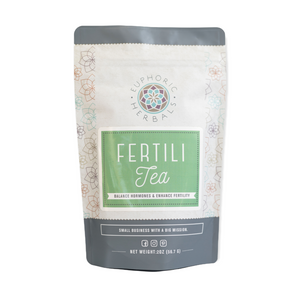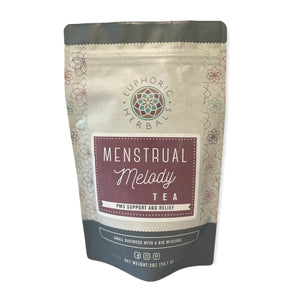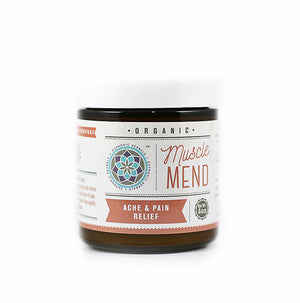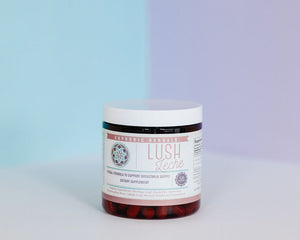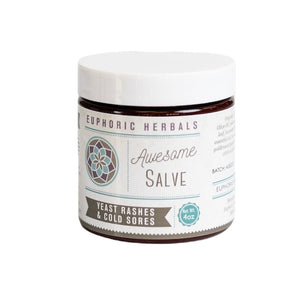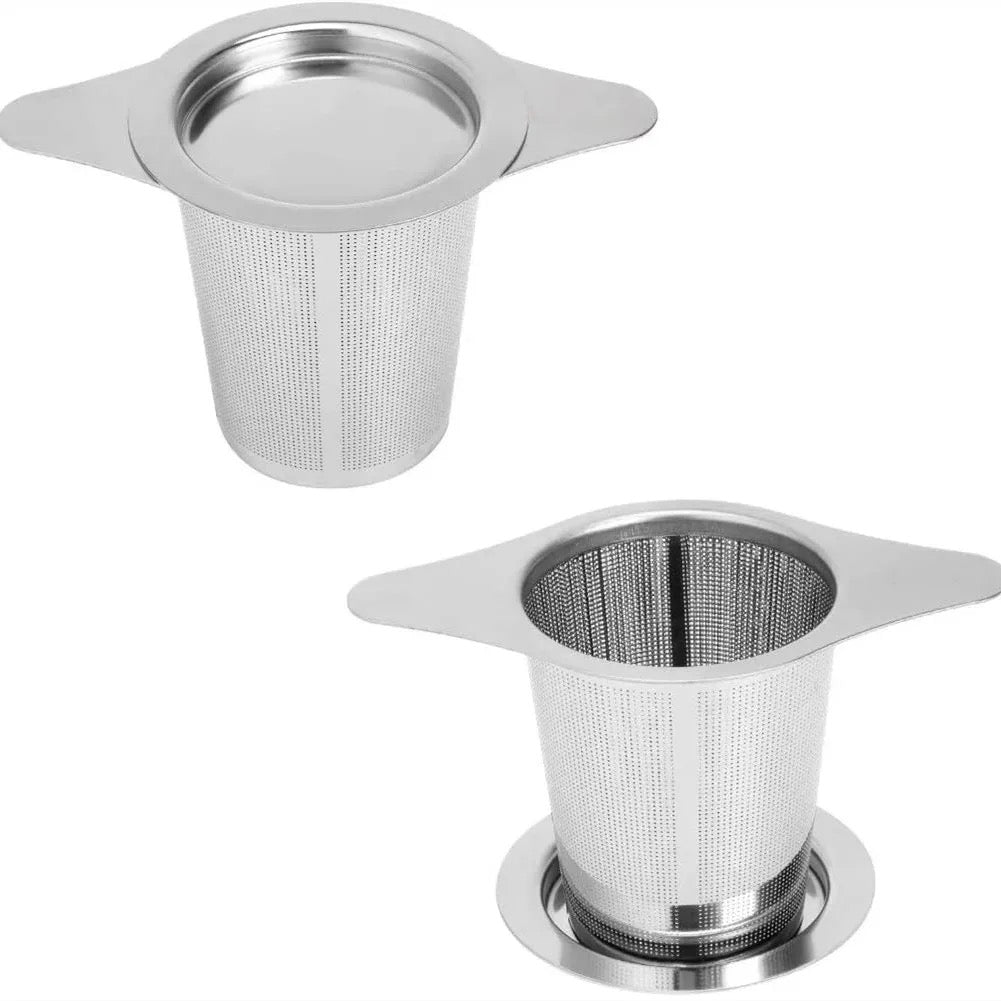Dealing with the intricacies of health insurance isn’t exactly the fun part of any pregnancy. But a free breast pump? Yes, please!
Under the Affordable Healthcare Act, otherwise known as Obamacare, health insurance companies are required to provide “breastfeeding support, counseling, and equipment for the duration of breastfeeding.” This includes a free breast pump. Note: the one exception is if you’re under a grandfathered plan — however, you can still work with your healthcare provider to prove medical necessity.
But just because it’s free, doesn’t mean it’s easy. Each insurance plan is different — with different limitations — such as rental vs. personal, manual vs. electric, and only specific brands and styles allowed.
Not sure where to start? Here are the initial steps to ensure you’re making the most of your benefits — plus, a few of the most common questions we get here at Euphoric Herbals. (Keep in mind, the process may differ slightly depending on your specific plan.)

Step 1: Call your health insurance
Since each plan has different coverage and benefits, you’ll want to get the specifics. Navigating the insurance company’s website likely won’t give you the complete picture. Make sure you have a list of questions when you call, such as:
- How do you order the pump?
- Do I have to go through a specific durable medical equipment (DME) company? If so, can you send me the list?
- When can I order the pump?
- Do I need a prescription?
- Do you cover pump rentals?
- What is my coverage for lactation consultants?
Step 2: Determine which brands and styles are covered under your plan
Once you’ve determined how you can order your pump — many will have you go through a DME supplier — you can determine which brands and styles are included in your coverage. Check each DME company, as they may provide different pumps. Either the DME supplier or your insurance company may require a prescription from your healthcare provider. Be ready to coordinate with them as needed.
Step 3: Do your research
You’ll likely have several different breast pump brands to choose from. Each mom has their favorite. Do your own research or reach out to fellow pumpers for their thoughts. How much you’ll be pumping and where may determine which you choose. Will you be working full time with plans to pump in the car to and from work? Then, a higher grade pump with a battery pack may be for you. Do you plan to exclusively breastfeed? A single pump or even a manual pump could be more suitable. Medela and Spectra are two favorites among our Euphoric Herbals mamas.
Step 4: Find out when they’re willing to deliver
Some plans allow you to order the pump anytime during your pregnancy. Others state you must be in your third trimester or even wait until after you’ve delivered. While ordering your pump ahead of time is ideal, if you are required to wait, make sure you have all the details prepared to ensure you’re ready when the time comes. You never know if you’ll need the pump as early as day one with baby.
If you have to wait, hospitals have pumps of their own, and it's possible to rent a hospital-grade pump for those first days at home. Check out your local birth and women’s centers — they are a great place to start.
Step 5: Order your supplies — and then some
You’ll need a lot more than just the standard pump. Storage bags, extra valves, pumping bras (and much more) are all helpful accessories. When you order your breast pump, you may have the option to “upgrade” your package to include things like additional replacements parts, a travel bag and more. You can use your Flexible Spending Account (FSA) funds to cover the cost. It’s always good to have an additional set of parts, as you’ll need to switch them out after a few months. Also, a variety of flange sizes will help you determine which one is the perfect fit.
Step 6: Get your pump
Once you get your pump, check out how it works. It’ll be easier to handle now than in your upcoming sleep-deprived state. Additionally, you’ll need to sterilize all of the parts that come into contact with breastmilk ahead of time. That’s simple: a few minutes in boiling water will do the trick.
Step 7: Bring it with you
If you were lucky enough to get your pump ahead of your delivery date, it's a good idea to have it with you the day of delivery. You never know what issues may arise, and sometimes a pump will help bring in your milk if your baby is having issues latching. Hopefully, you’ll have a lactation consultant by your side who can check your flanges, show you how it works, and help pick your settings.
Step 8: Make a lactation consultant appointment
Another perk for the ACA coverage is that many plans now include lactation consultant support. It’s a good idea to gather a list of names of local LCs in your area, especially if you were unable to get help in the hospital or need additional support postpartum. Many will meet with you prior to delivery. Make sure to check your insurance plans to see how you’re covered.
FAQs
Now that you know how to a breast pump of your own, here are some of the common questions we hear from our community:
Can I use my Flexible Spending Account (FSA)?
The entire cost of the pump should be covered by your insurance. However, you can use your FSA for additional breastfeeding supplies, and in some cases, the costs of a pump part upgrade (extra supplies beyond what insurance covers) are eligible as well. Items like storage bags, replacement values, and nursing pads are on the list, so check with your specific plan.
What are the insurance codes?
Need to get into the insurance nitty gritty? Here’s a list of insurance codes related to breastfeeding, under the ICD-10 code, for mom and for baby. These can change if there are updates, so check with the American Academy of Pediatrics for the latest codes.
When should I call my insurance?
As soon as possible! There are many steps to getting your pump, so the sooner you start the process and know your benefits, the better.
Should I rent a hospital grade pump?
While the term “hospital-grade pump” is actually more a marketing term, these pumps are able to accommodate multiple users — each with their own accessory kit. But it also implies a pump with a stronger motor that can help establish milk supply better in the early weeks. Due to the cost of these pumps, it's most cost-effective to rent — perhaps even for just a couple of weeks or months. Many women, especially those in specific situations such as a birth of multiples, preterm birth, or low milk supply, find that a hospital-grade pump can help. Check with your hospital, birth center, or lactation consultant for a list of places you can rent one.
This is my second pregnancy, can I get a new pump?
Most likely yes, you can get a new breast pump for each new pregnancy/delivery. Again, check with your insurance company for your plan’s specifics.
Happy pumping, mamas!






















































